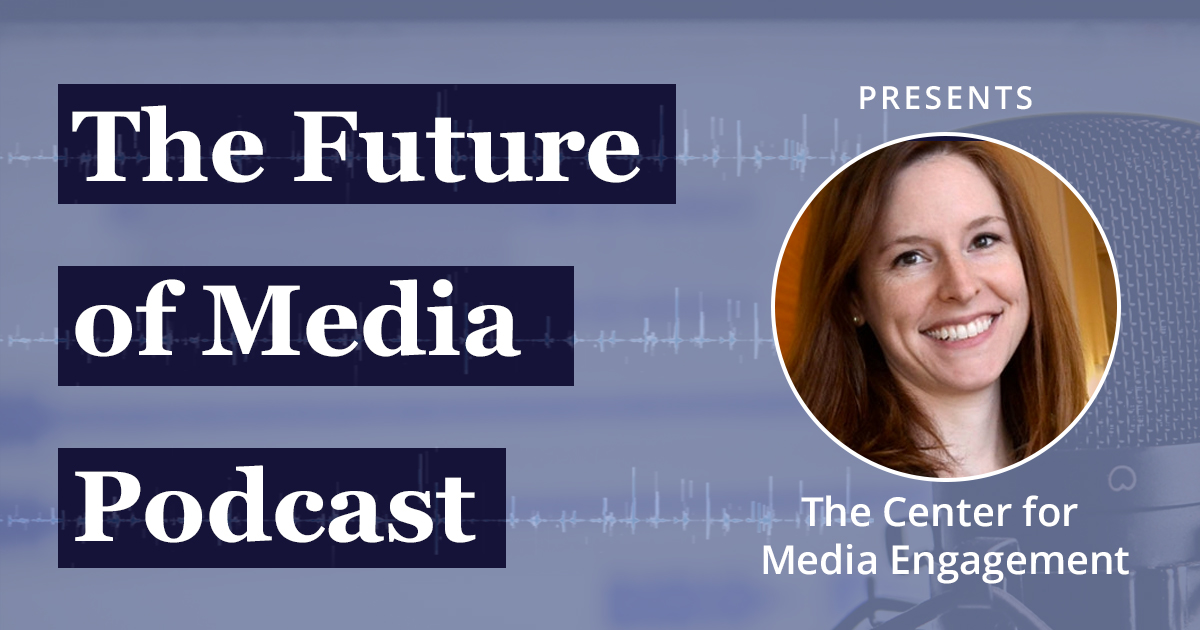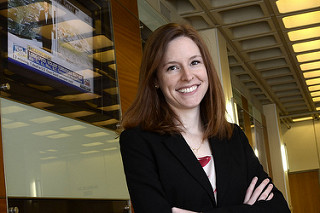
This Is Why We Can't Have Nice Things
Digital content consumption is changing, and newsrooms must adapt. The good news is there are opportunities to improve civic discourse. In this episode, we discuss notable research findings from The Center for Media Engagement.
Guest

Talia Stroud
Director
Natalie (Talia) Jomini Stroud (PhD, University of Pennsylvania) is an Associate Professor of Communication Studies and Journalism and the founding and current Director of the Center for Media Engagement in the Moody College of Communication at The University of Texas at Austin. The Center for Media Engagement examines commercially viable and democratically beneficial ways of improving media. Stroud's research has received numerous national and international awards, including the International Communication Association's prestigious Outstanding Book Award for her book Niche News: The Politics of News Choice. Stroud twice received the Outstanding Faculty Member Award from the Communication Studies Graduate Community.
Key Takeaways
- 1Hearing "fake news" makes people worse at recognizing real news
- 2Journalists are more positive about their contributions than the public itself
- 3Harassment of female journalists is prevalent and under-addressed
- 4Neutral trust indicators on news websites actually do increase reader trust
- 5People are more interested in politics after taking political quizzes
- 6Snapchat is ripe for much more political content and discourse
- 7Content creators need to test website design and social post packaging
- 8Negative political posts drive more clicks but less engagement
Listen on Spotify
Full Interview
P: Hi everyone! Today we're here with Talia Stroud the Director at UT Austin's Center for Media Engagement. I was wondering if you could tell me about the Center for Media Engagement's mission and what you're focused on as a director there?
T: Sure, so the Center for Media engagement is dedicated to trying to help newsrooms meet their business and democratic goals. We do this by doing research projects, so we work with news organizations to figure out what kind of questions they have and whether research can be brought to bear to help them figure out what the answers are. And then we design a project in collaboration and then execute it and share the results broadly so that the journalism industry at large can benefit from it.
Published on January 25, 2019
